Understanding ASME Pressure Vessel Liquid Ammonia Tanks
An ASME pressure vessel liquid ammonia tank is a specialized container designed to store and manage ammonia under pressure. These vessels are engineered to meet the rigorous standards set by the American Society of Mechanical Engineers (ASME), ensuring they can safely handle the stresses associated with storing ammonia at high pressures.
Types and Applications
There are various types of pressure vessels, each suited to specific applications. Ammonia storage tanks are critical in industries such as agriculture for fertilizer production, refrigeration, and chemical manufacturing. The design and size of these tanks vary, accommodating the needs of large-scale industrial operations to smaller applications.
Features and Materials
The construction of an ASME certified pressure vessel involves materials capable of withstanding high pressure and the corrosive nature of ammonia. Common materials include stainless steel and carbon steel, which provide durability and longevity. These tanks are equipped with safety features such as pressure relief valves and gauges to monitor internal conditions.
Advantages of ASME Standard Compliance
Compliance with ASME standards ensures that each liquid ammonia pressure vessel meets the necessary safety and performance criteria. This compliance is not just a benchmark but a guarantee that the vessel can withstand the specific pressures and temperatures associated with ammonia storage.
Capacity and Customization
The capacity of pressure vessels for ammonia can vary greatly to meet diverse storage requirements. While standard sizes are available, customization options are also offered to cater to unique operational needs, ensuring versatility across different industry applications.
Selection Considerations
When selecting a liquid ammonia tank, it is crucial to consider factors such as capacity, material, and the specific requirements of the intended application. It is important to choose a vessel that not only meets current needs but also accommodates potential future demands.



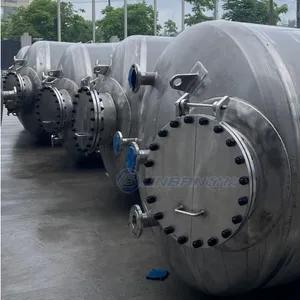

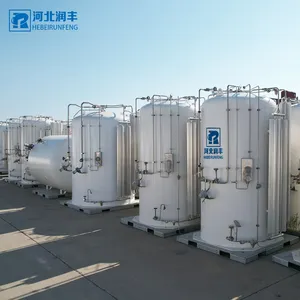

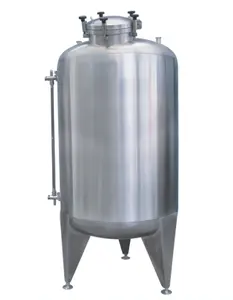








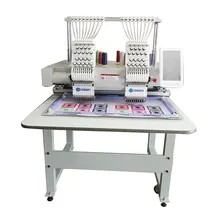

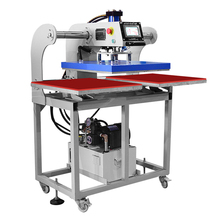

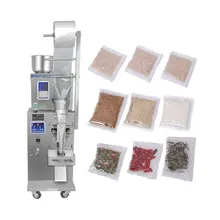
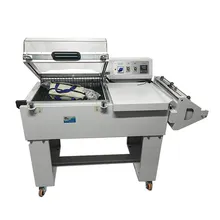


























 浙公网安备 33010002000092号
浙公网安备 33010002000092号 浙B2-20120091-4
浙B2-20120091-4